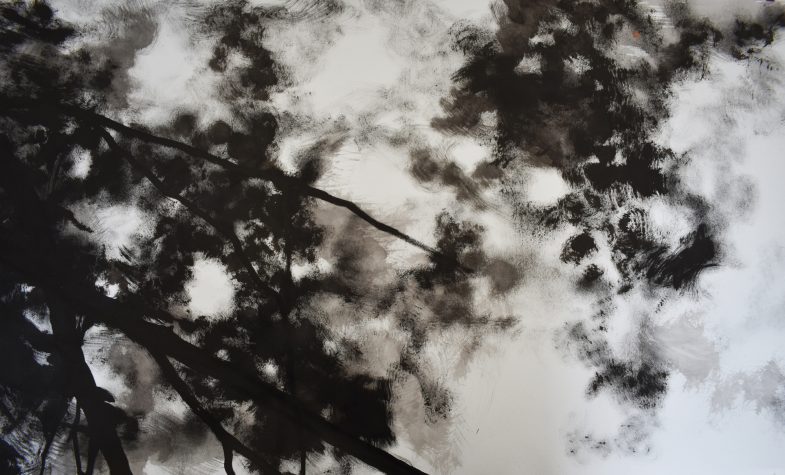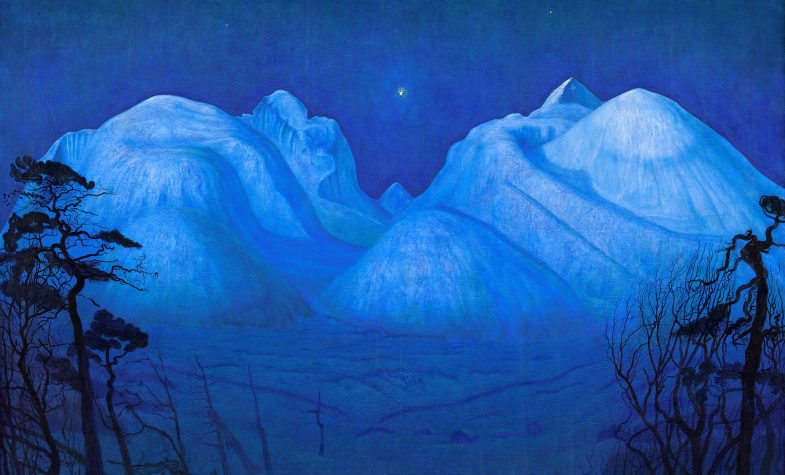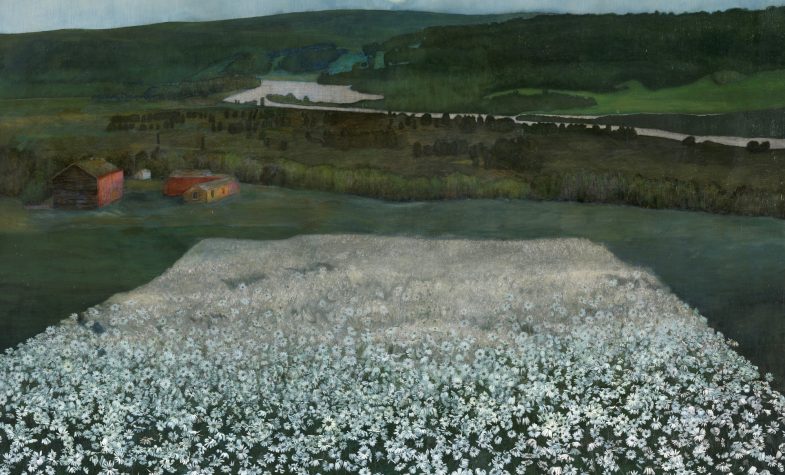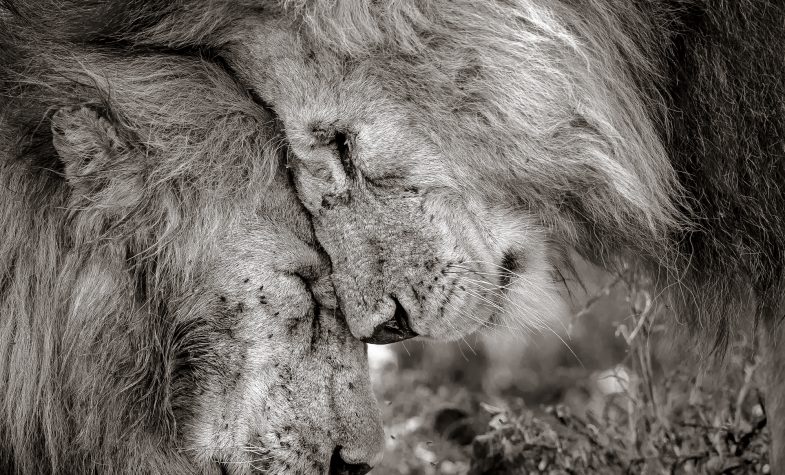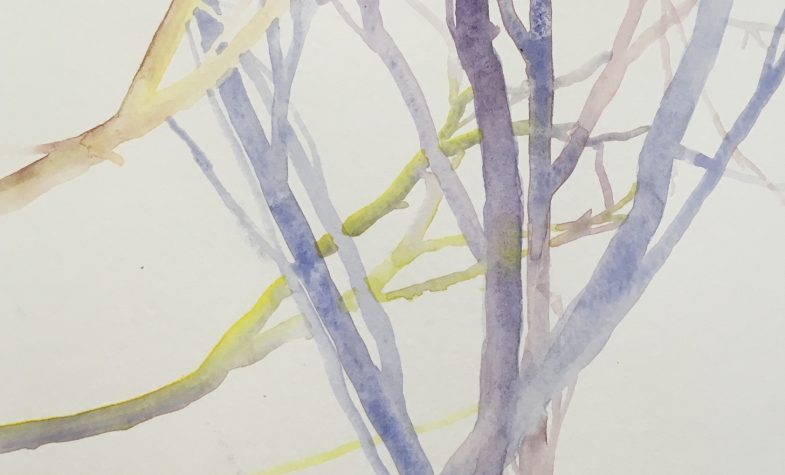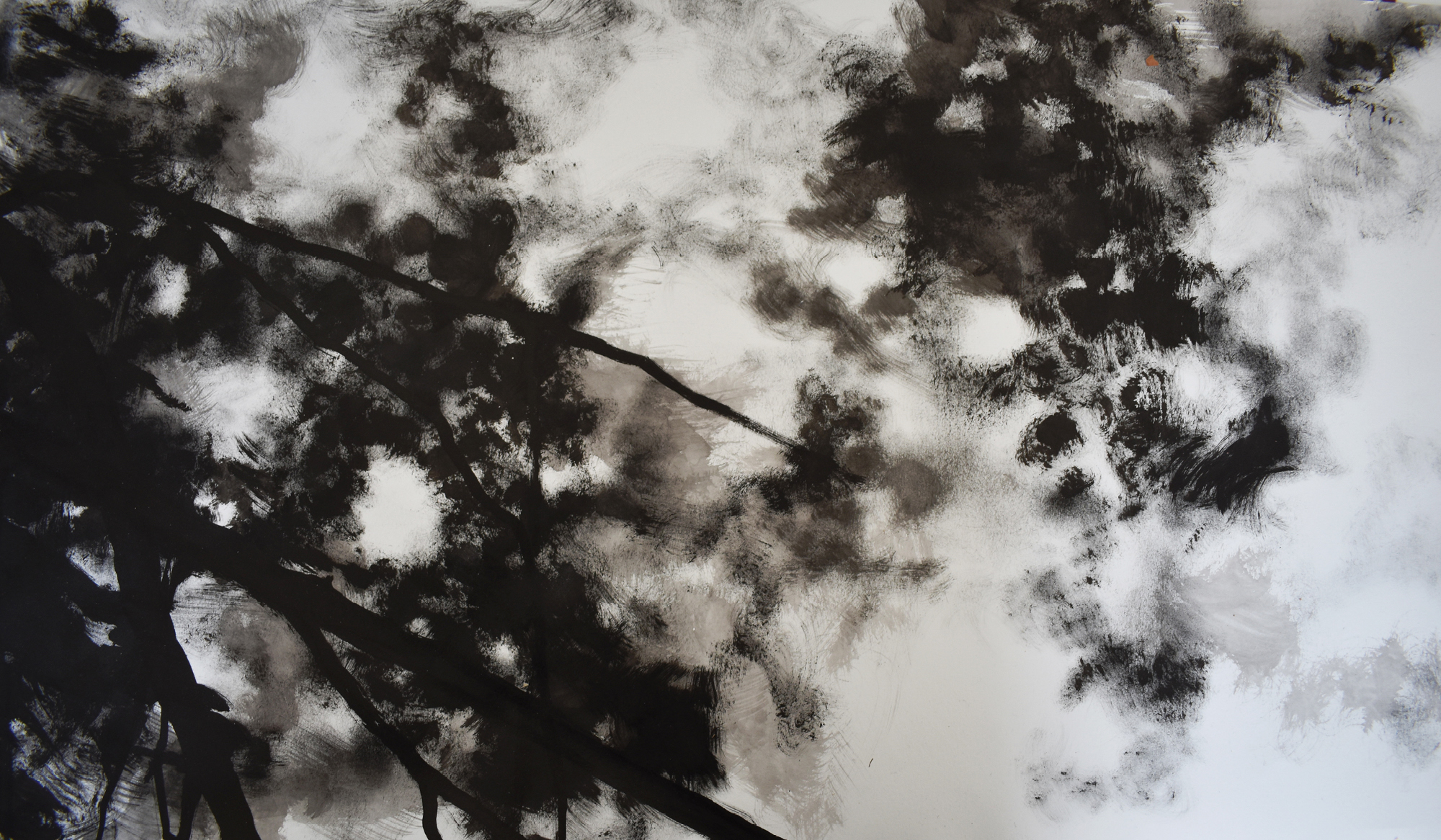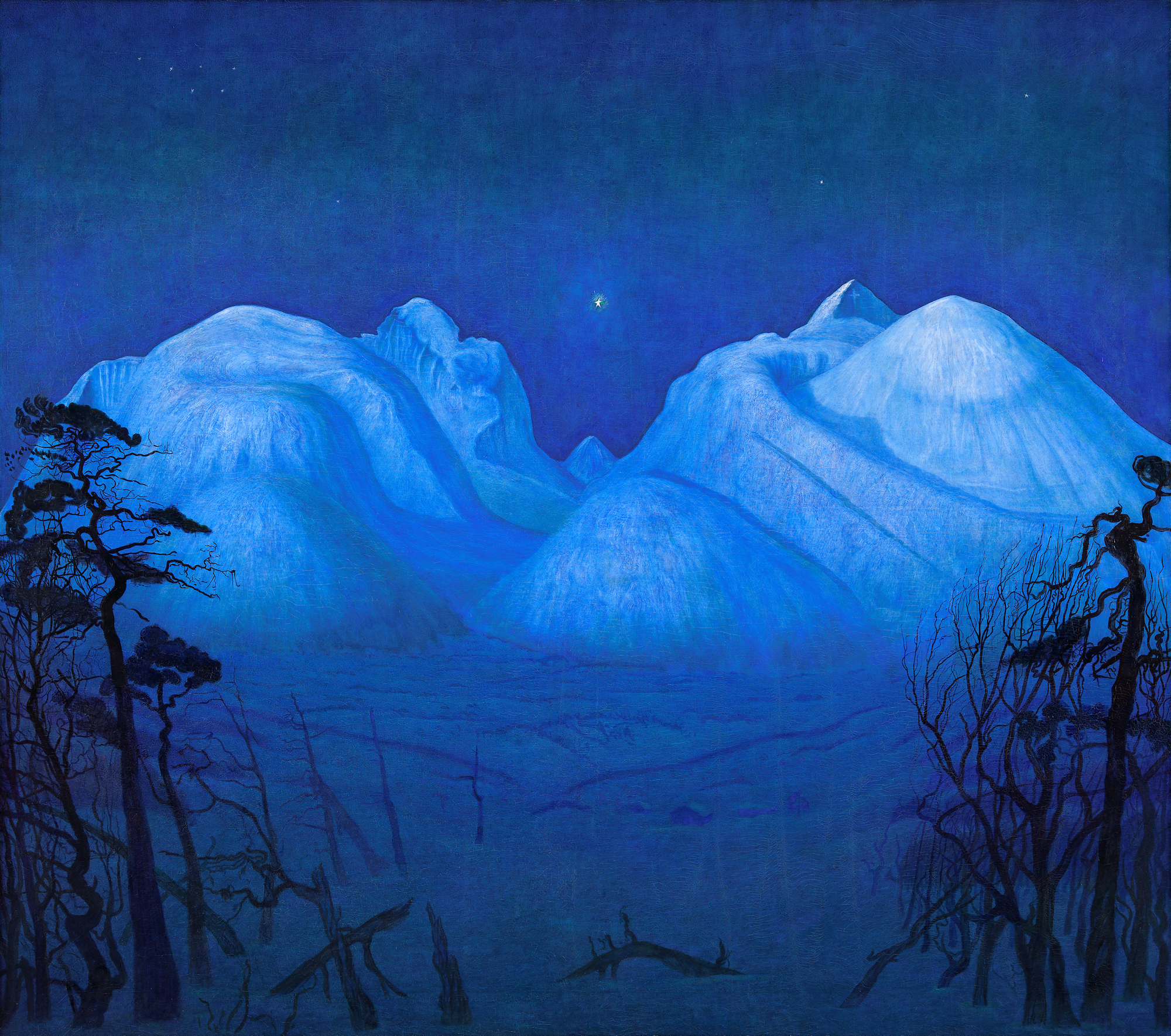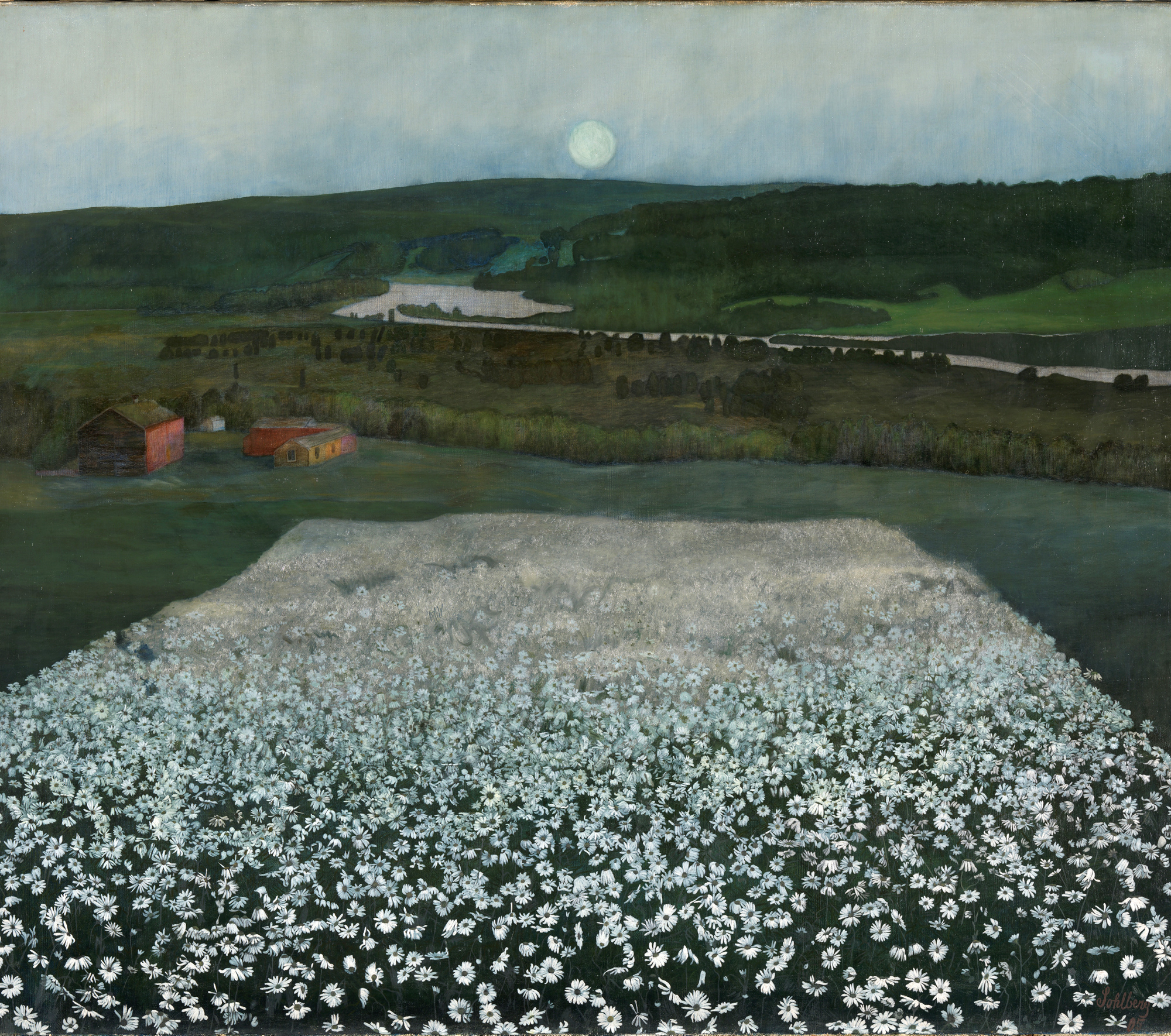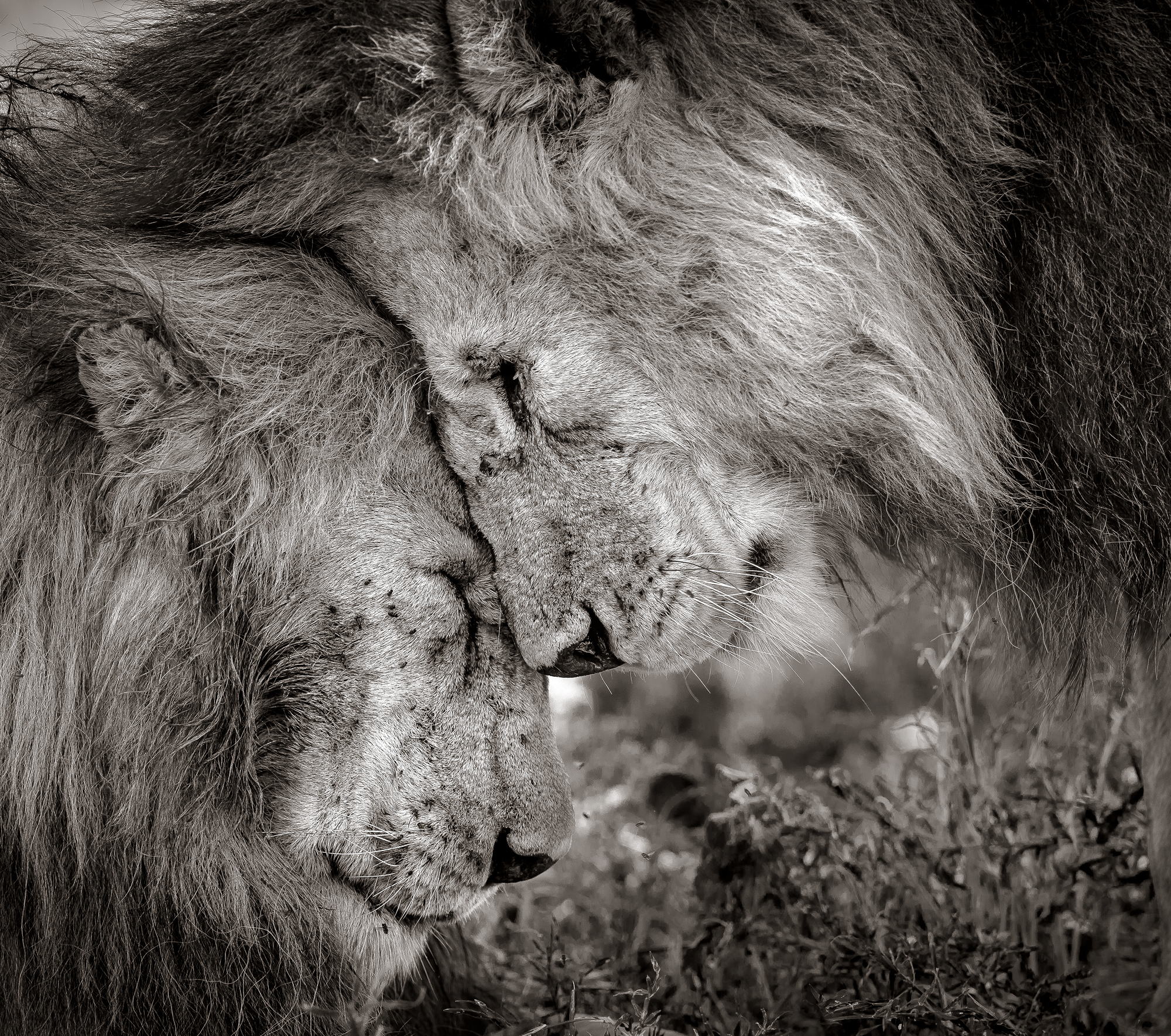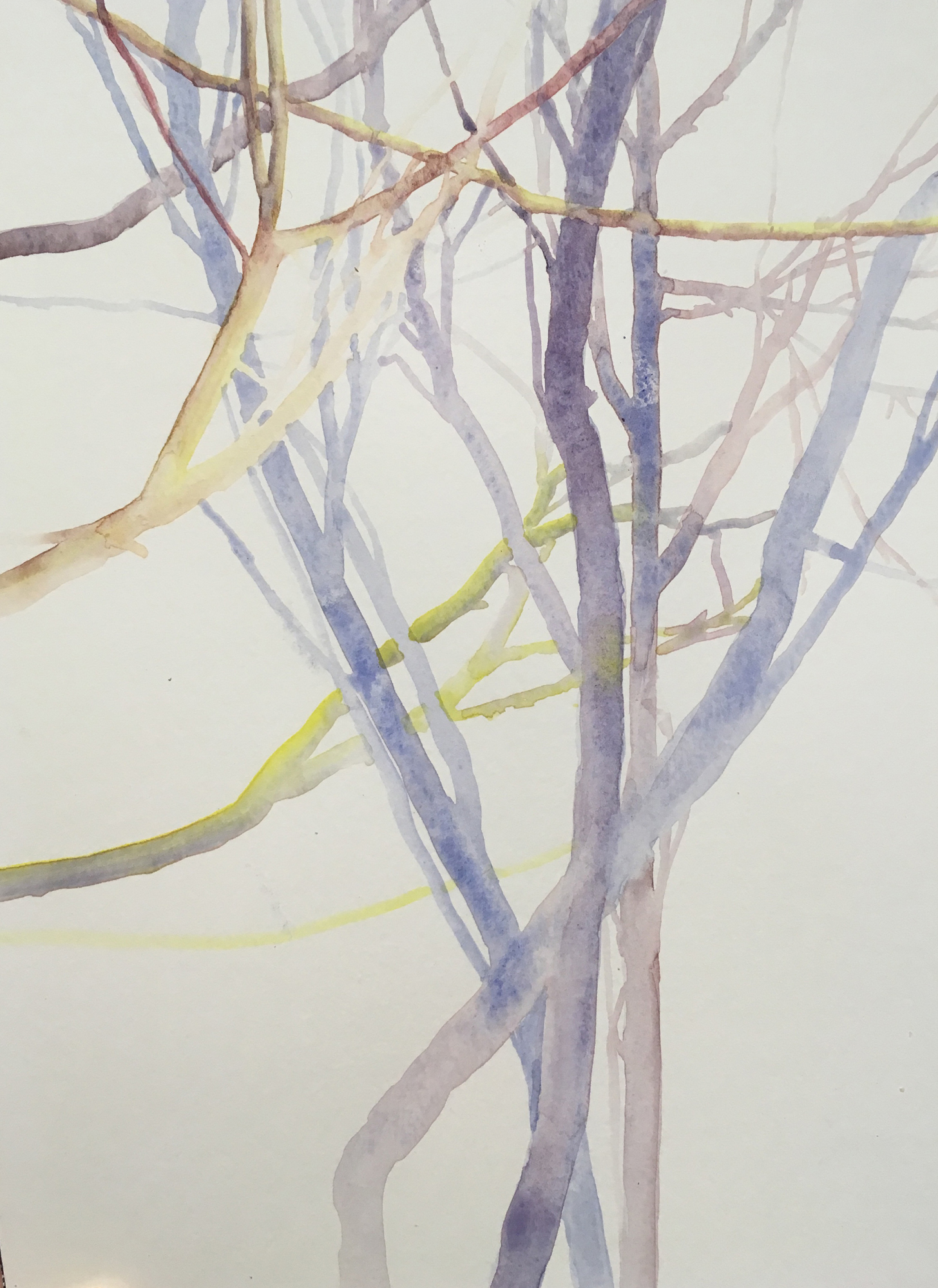WORDS
Rob Ryan
Eye of the tiger
Now in its 54th year, the Wildlife Photographer of the Year exhibition never fails to surprise and move, as illustrated this year by a (surprisingly healthy) red fox in the ruins of Chernobyl. But don’t worry, among the 100 images (culled from 45,000 entries), there’s enough animal magic to warm the cockles.
Natural History Museum, South Kensington, until 30 June (nhm.ac.uk)
Over your head
Rachel Labovitch is inspired by those parts of London we don’t often notice: the branches of trees that reach over our head. Working in ink, graphite, watercolour and sumi (a Japanese ink made from soot), her Skyward exhibition encourages us to look up at the fascinating patterns nature creates.
The Garden Museum, Lambeth, until 31 March (gardenmuseum.org.uk)
Norwegian woods
The prosaic title of this Harald Sohlberg exhibition tells you what to expect (e.g. Winter in the Mountains and Flower Meadow in the North), but be warned, the little cabin in the woods in Fisherman’s Cottage, the master of the Scandi landscape’s most famous image, may not have the cosy effect the artist intended.
Dulwich Picture Gallery, until June 2 (dulwichpicturegallery.org.uk)
Senses working overtime
The Horniman Museum has a new art space that has kicked o with an immersive, multi-sensory exhibition on the natural world. The Lore of The Land includes scent diffusions, a soundscape and a very rare volume of the 1843 Photographs of British Algae, believed to be the first-ever photographically illustrated book.
Horniman Museum, Forest Hill, until 2 June (horniman.ac.uk)
Future shockers
Eco-Visionaries, as the name suggests, is concerned not just with the natural world, but humanity’s impact on it. It also explores the innovative methods we can employ to limit or reverse the damage we are doing and the role that art and architecture can play in such projects. Royal Academy, Piccadilly, 24 November- 3 February 2020 (royalacademy.org.uk)

